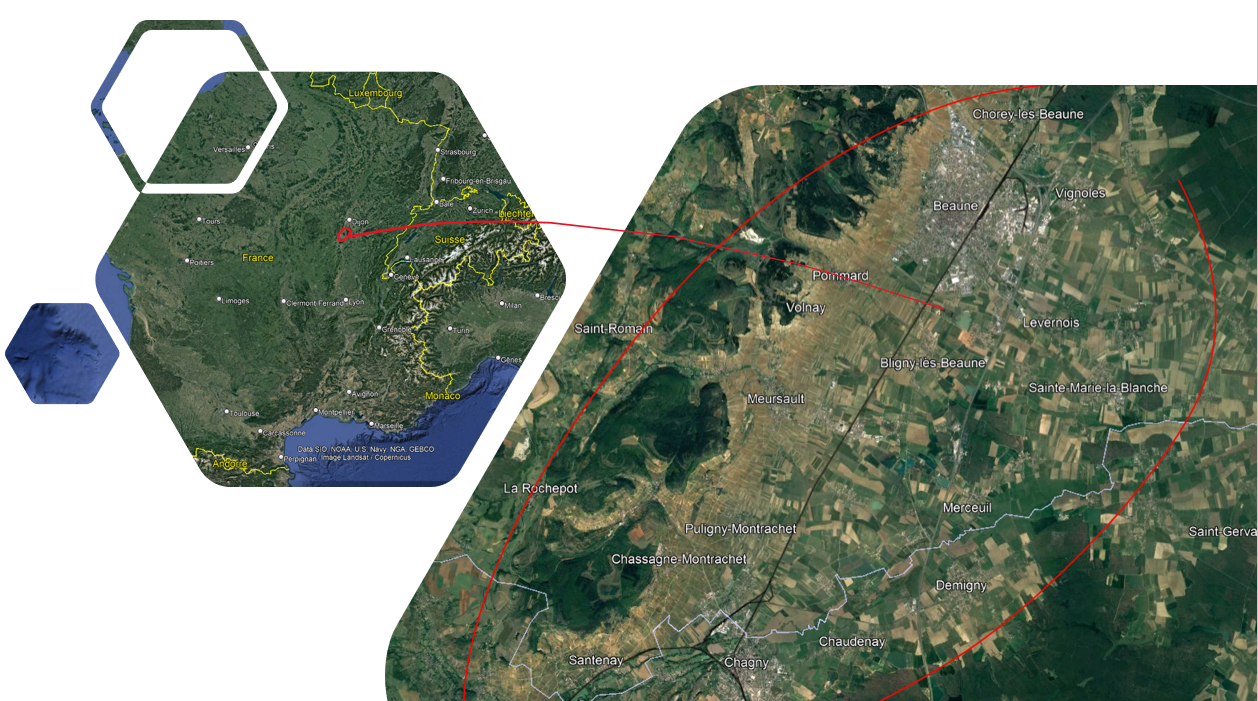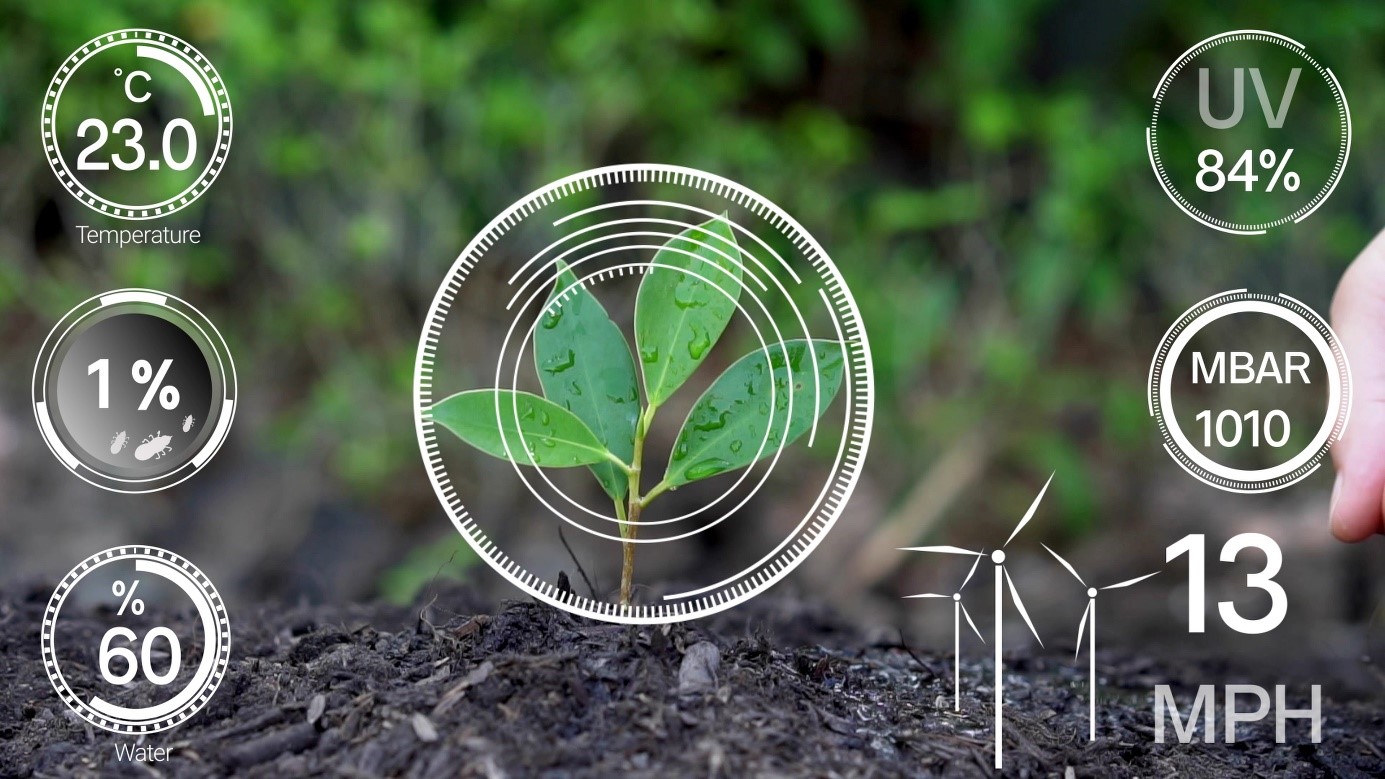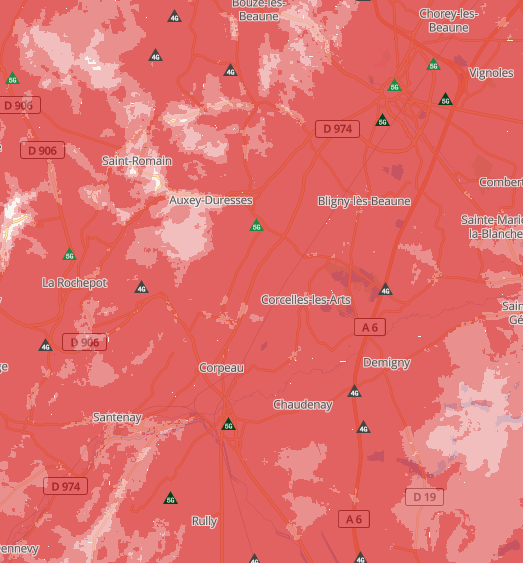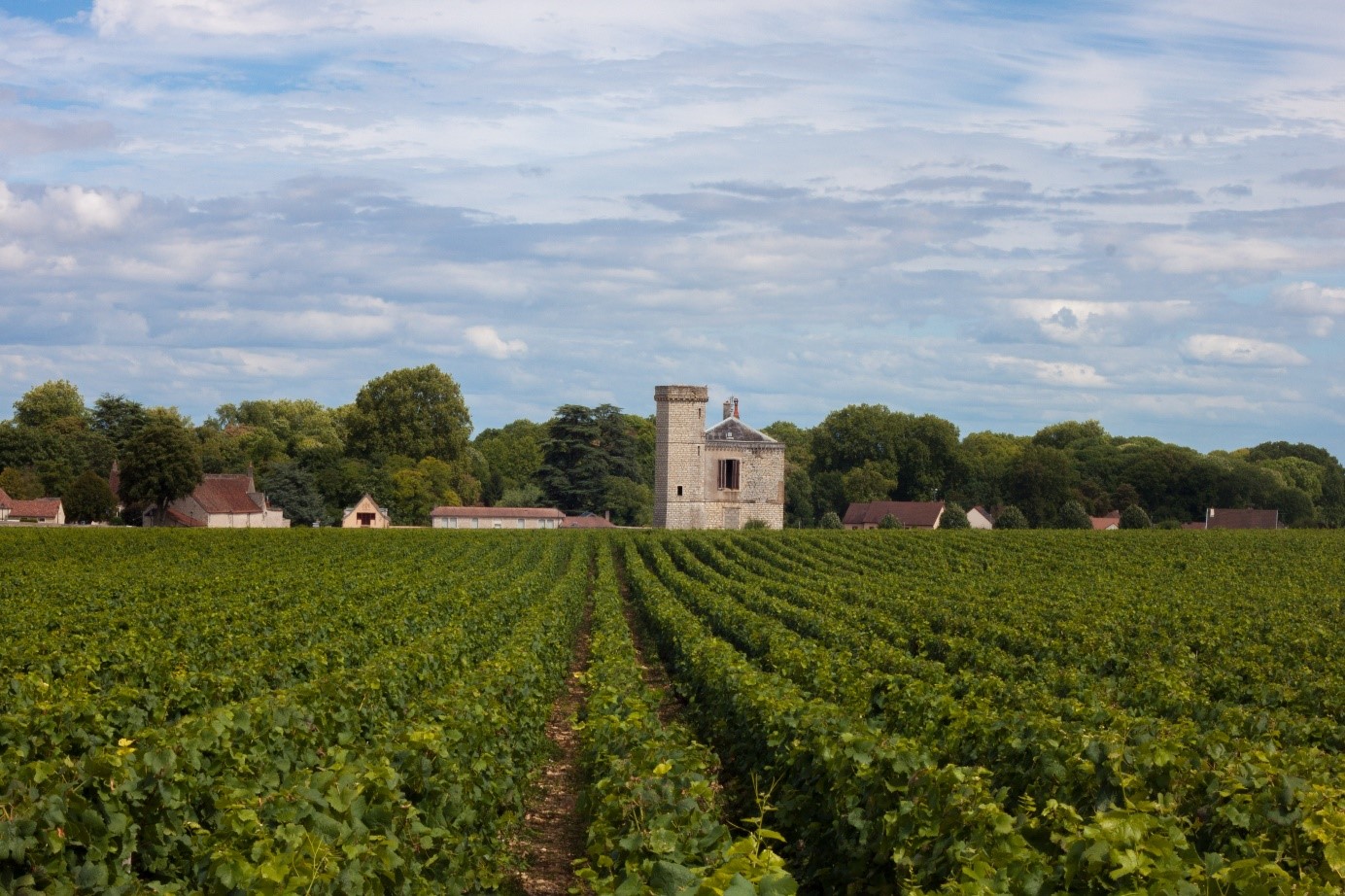
Hail’s Wrath on Wine: Challenges and Strategies in French Vineyards
France, renowned for its centuries-old winemaking tradition, faces the growing challenge of hailstorms wreaking havoc on its vineyards. As climate change intensifies, the threat of hail becomes more pronounced, necessitating both proactive measures and advanced weather forecasting to protect the nation’s valuable grape crops.
How Hail Impacts Vineyards in France
Hail, a meteorological phenomenon characterized by the formation of ice pellets within thunderstorms, can inflict severe damage on vineyards. In France, the wine regions, including Bordeaux, Burgundy, and Champagne, are particularly vulnerable to hailstorms. Hail can rupture grape skins, damage leaves, and break vines, leading to reduced yields and compromised grape quality. This results in significant economic losses for winemakers, as they must contend with diminished harvests and increased production costs to repair the damage.
How a Warming Climate Increases Hail Formation in France
A warming climate contributes to the increased formation of hail in France and other wine-producing regions. Several factors play a role in this phenomenon:
- Increased temperatures: Warmer temperatures can lead to larger hailstones. When the updrafts in a storm are strong enough to support hailstone growth, higher temperatures at higher altitudes can cause the hailstones to grow larger before they fall to the ground. This can result in more damaging hailstorms.
- Increased energy: Warmer temperatures provide the atmosphere with additional energy, making it more conducive to the development of thunderstorms. This heightened energy can lead to more hail-producing storms.
- Climate change: Can disrupt traditional weather patterns, leading to changes in both wind and temperature gradients that favour the development of localized rainfall. Hail forms in thunderstorms with strong updrafts, and changes in precipitation patterns can influence the frequency and severity of these kinds of storms.
These factors combine to create an environment in which hailstorms are more likely to occur and to produce larger hailstones overall, posing a greater threat to vineyards.
The Role of Accurate Weather Forecasting for Hail
Accurate weather forecasting plays a pivotal role in protecting vineyards from the damaging effects of hail. With advances in meteorological technology and modeling, winemakers and vineyard managers can receive timely warnings of impending hailstorms.
Traditional methods, such as radar systems and weather satellites, are employed to track storm systems and monitor conditions conducive to hail formation, such as the presence of robust updrafts within thunderstorms.
In tandem with these established techniques, Meteodrones — developed and manufactured by Meteomatics in Switzerland — serve as mobile weather stations. They can be strategically deployed to collect essential data that supplements weather models, enhancing local predictions. By refining the initial conditions of the model and providing a more accurate representation of atmospheric stratification, these data-rich inputs significantly improve the model’s ability to forecast storms effectively.
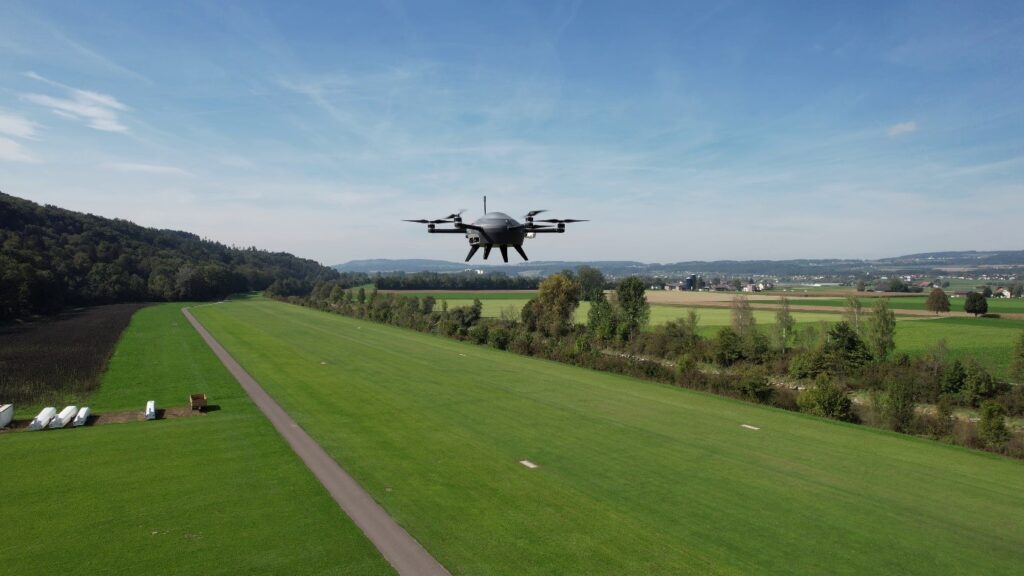
While predicting hail remains a challenging task due to its spontaneous nature, combining high-resolution weather models with data from Meteodrones bolsters the accuracy of local forecasts thanks to enhanced data collection at critical points of interest.
These forecasts provide crucial information that allows vineyard operators to take preventive measures, such as deploying hail nets, activating anti-hail cannons, or initiating chemical treatments to mitigate hail damage.
In the framework of the MAGDA project, Meteomatics has forged a partnership with Maison Louis Jadot, a renowned winery with a legacy dating back to 1859 in Beaune, Burgundy. In a significant development, Maison Louis Jadot will establish a Meteobase on its premises, serving as a ground station for a Meteodrone, thereby enabling the collection of valuable data aimed at enhancing weather forecasts for the region.
Author: Akemi Narindal-Aoki (Meteomatics)
